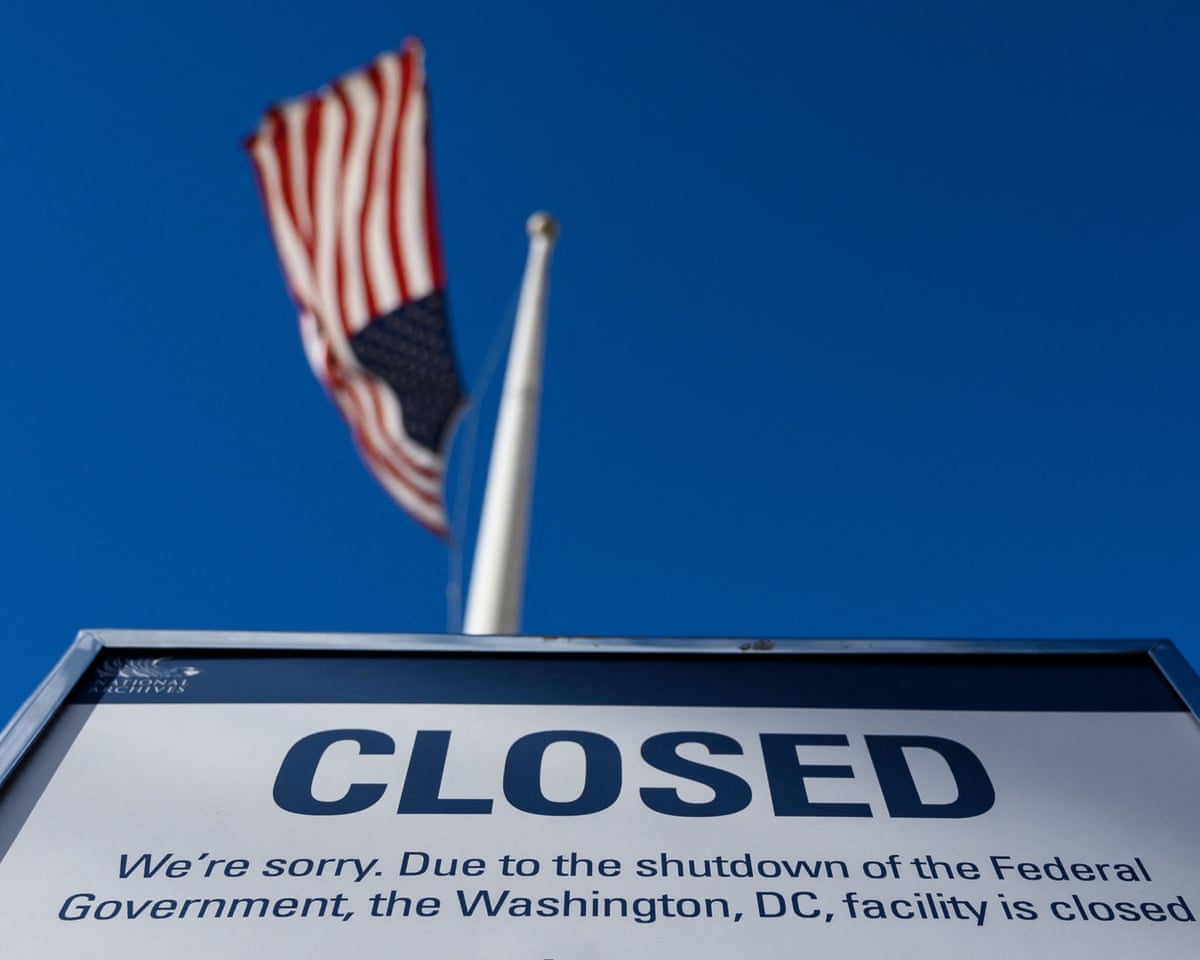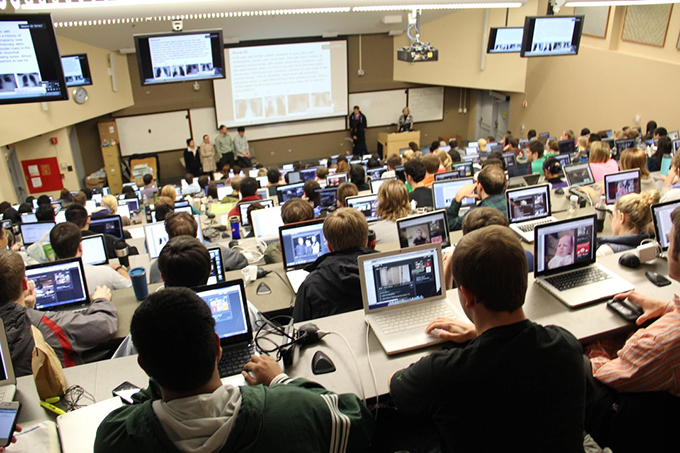
By The Vagabond News Editor – Sudhir Choudhary
A looming national ripple effect
The 2025 United States federal government shutdown, now stretching beyond four weeks since its October 1 start, is moving steadily from political stalemate into real burdens on American households and services. (Reuters)
While much of the government remains open under partial funding, key support systems are hitting a crisis point — and more citizens are poised to feel the consequences.
Immediate pain points
1. Food and nutritional assistance at risk
The Supplemental Nutrition Assistance Program (SNAP), which supports more than 40 million Americans, is in jeopardy of being paused. (PBS) Food banks are already bracing for a surge in demand as assistance may dry up. (PBS)
2. Heating bills and winter aid in jeopardy
As winter approaches, roughly $3.6 billion in funding under the Low‑Income Home Energy Assistance Program (LIHEAP) is at risk — potentially leaving millions of low-income households without vital help to stay warm. (Reuters)
3. Air travel disruptions and federal worker burnout
Thousands of air-traffic controllers — designated as essential — missed paychecks and are working unpaid, resulting in mounting delays and cancellations in U.S. airports. (TIME)
4. Economic drag: real losses mounting
The Congressional Budget Office (CBO) estimates the shutdown may shave $7 billion to $14 billion off U.S. GDP, with a projected 1-2 percent decline in Q4 economic growth if the shutdown persists. (The Guardian)
Why more Americans will feel it
- When SNAP or LIHEAP payments falter, the effect isn’t just on the low-income recipients — local stores see drop-offs, regional economic activity slows.
- Essential federal services being curtailed or stretched thin ripple into private sector: contractors, local offices, airports, small businesses relying on federal staff.
- The longer the shutdown lasts, the more entrenched the disruption: delayed reimbursements, stalled programs, missed paychecks means cash-flow troubles for households and companies alike.
- With winter approaching, heating/fuel costs spike — lacking federal aid means added strain on families facing cold weather and energy bills.
What to watch next
- Will Congress pass a continuing resolution or full funding package soon? Multiple efforts have failed to cross the 60-vote threshold in the Senate. (CBS News)
- How many states/localities will begin reporting major shortfalls in SNAP/LIHEAP distribution or other federal aid?
- What is the ripple effect on employment: furloughed or unpaid federal workers reducing consumer spending, contractors laid off, private-sector knock-on effects?
- Will flights, airport operations or other essential services cross a threshold–leading to visible breakdowns in daily life (beyond just delays)?
Final word
The shutdown may have begun with political brinkmanship, but for many Americans it is becoming a financial and functional reality. The longer it drags on, the broader the impact will be — reaching beyond constricted federal budgets into grocery bills, home-heating, travel plans, job stability and the wider economy.
More households will soon feel the pressure—not because of policy dormancy, but because the machinery of public-service financing and aid is starting to stall.




